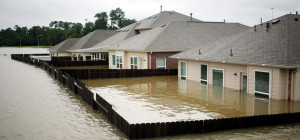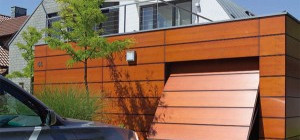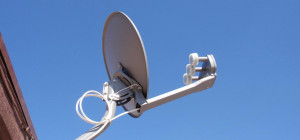Even though metal-based roofing materials, such as zinc, copper, stainless steel or lead, are strong and durable, they can, over long period of time, be affected by harsh environmental conditions and can be damaged by other external and internal factors. In this case, if your roof wears out or gets damaged, you may have to repair or replace it to fix the problem. The following are some of the most important factors to take into consideration when deciding whether to do roof repairs or replacements…

#1 Loose nails
Structural shifting and time may cause nails on the roof to loosen. In case you find loose or rusty nails during your inspection, it is very advisable for you to get rid of them and install new ones into different holes. If you have to use the same holes, fill them with roof cement or sealant first and then give them time to dry before inserting the new nails.
#2 Rusty areas
Rust is one of the most dangerous enemies of metal roofs and should be dealt with once spotted. If the area affected by rust is small, you may be able to fix the problem yourself by using a recommended rust remover. After removing the rust, be sure to use a liquid sealant or metal roof paint to prevent it from causing further damage. On the other hand, if the rust is severe, consider replacing the entire roof. In this instance, it is important for you to get in touch with a reputable metal roof contractor specialising in roof renovations to replace the roof for you or enquire about replacement tips.
#3 Leaks
A leaking roof can cause your home a lot of inconvenience, especially during the rainy season. Poor craftsmanship and lack of expertise often cause cracks or gaps in a metal roof, causing the roof to start leaking. Early signs of leaks include dark and soft areas on ceilings, damp spots along fireplaces, or peeling paint underneath roof overhangs. Leaks usually grow with time so, if you notice a leak, try to act fast by patching them with urethane roofing cement. For larger areas, you may have to apply a waterproof flashing membrane.
Keep in mind that urethane roofing cement and flashing membrane are temporary solutions and cannot solve the problem of leakage forever. Therefore, after you have managed to seal the leaks, contact a local roofer for a more permanent repair or replacement.
#5 Roof blow-offs
Blow-offs can occur as a result of very strong winds or poor roof installation. For instance, if flashings are not attached properly, open laps and seams can cause various parts of the roof to weaken and blow off. To stay safe, make sure your roof is installed properly by a roof expert experienced in roof renovations. By preventing blow-offs at an early stage, you will be saving yourself from costly roof repairs or replacements in the future.
#6 Punctures and tears
Punctures and tears can also pose danger to your roof. If your metal roof usually experiences a lot of foot traffic, it is more likely to get punctured or torn. This typically happens when you are resetting your television aerial or during unprofessional roof maintenance. You can use caulking to repair punctures and tear. However, due to the fact that the roof is prone to a lot of movement, caulking may not be a permanent solution. Try your best to minimise foot traffic on your roof so as to avoid unnecessary punctures and tears.
If your metal roof is showing any signs of damage, it is important to get the help of a professional, such as the team at jtcroofing.co.uk, specialists at all aspects of roofing repairs and replacements.







